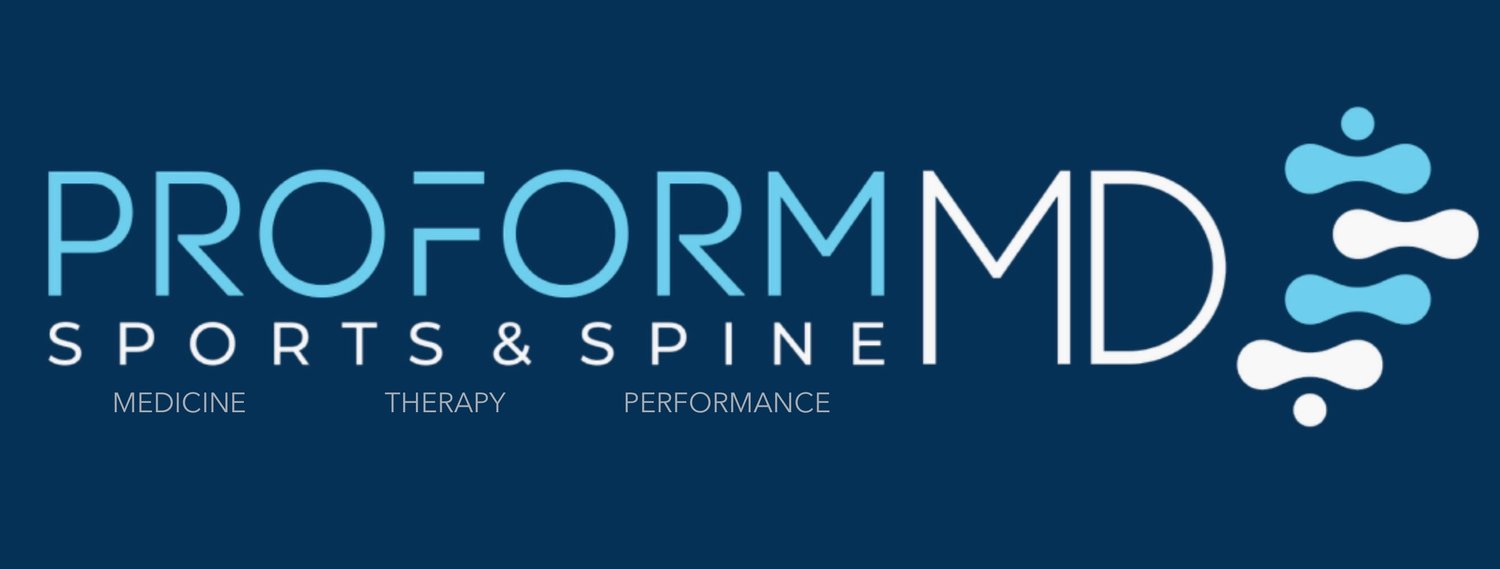Title: Understanding Cervical Spondylosis: Causes, Symptoms, and Treatment Options
Introduction:
Welcome to our comprehensive guide on cervical spondylosis, a common age-related condition affecting the cervical spine. In this article, we’ll explore the causes, symptoms, diagnosis, and various treatment options available for managing cervical spondylosis, providing valuable insights for those seeking information about this prevalent musculoskeletal disorder.
What is Cervical Spondylosis?
Cervical spondylosis, also known as cervical osteoarthritis or neck arthritis, is a degenerative condition that affects the cervical spine—the seven vertebrae that make up the neck. Over time, the discs and joints in the neck undergo wear and tear, leading to changes such as bone spurs, disc herniation, and narrowing of the spinal canal.
Causes of Cervical Spondylosis:
1. Age: The primary risk factor for cervical spondylosis is aging, as the spinal discs lose moisture and elasticity, and the vertebrae develop bone spurs or osteophytes.
2. Genetics: Genetic factors may predispose individuals to develop cervical spondylosis, including inherited traits that affect the structure and integrity of the cervical spine.
3. Smoking: Tobacco use has been linked to accelerated disc degeneration and the development of cervical spondylosis.
4. Occupational Factors: Jobs or activities that involve repetitive neck movements, poor posture, or prolonged sitting may increase the risk of cervical spondylosis.
5. Trauma: Previous neck injuries such as whiplash or fractures can contribute to the development of cervical spondylosis later in life.
Symptoms of Cervical Spondylosis:
1. Neck Pain: Dull, achy, or sharp pain in the neck, often aggravated by movement or prolonged sitting or standing.
2. Stiffness: Reduced range of motion and stiffness in the neck, making it difficult to turn the head or tilt the neck.
3. Headaches: Tension headaches or migraines may accompany neck pain, originating from muscle tension or nerve compression in the cervical spine.
4. Radiating Pain: Pain that radiates from the neck into the shoulders, arms, or hands, often following the path of the affected nerve roots.
5. Numbness or Weakness: Sensations of numbness, tingling, or weakness in the arms, hands, or fingers, indicating nerve involvement.
Diagnosis:
Diagnosing cervical spondylosis typically involves a thorough medical history review, physical examination, and may include diagnostic tests such as X-rays, MRI, or CT scans to assess the extent of degenerative changes in the cervical spine and rule out other potential causes of neck pain and discomfort.
Treatment Options:
1. Pain Management: Over-the-counter pain relievers such as acetaminophen or nonsteroidal anti-inflammatory drugs (NSAIDs) can help alleviate pain and inflammation associated with cervical spondylosis.
2. Physical Therapy: Customized exercise programs designed by a physical therapist can strengthen the muscles surrounding the neck, improve flexibility, and promote better posture to reduce pain and stiffness.
3. Heat or Cold Therapy: Applying heat or cold packs to the affected area can help reduce pain and inflammation and provide temporary relief from neck pain.
4. Manual Therapy: Chiropractic adjustments, massage therapy, or acupuncture may help alleviate muscle tension, improve spinal alignment, and reduce pain associated with cervical spondylosis.
5. Injections: Epidural steroid injections or nerve blocks may be administered to reduce inflammation and provide temporary pain relief for individuals with severe or chronic cervical spondylosis.
6. Surgery: In rare cases of severe or progressive spinal conditions, surgical interventions such as discectomy, laminectomy, or spinal fusion may be considered to decompress nerves and stabilize the cervical spine.
Conclusion:
Cervical spondylosis is a common degenerative condition that can cause significant discomfort and impairment in daily life. By understanding the causes, symptoms, and treatment options outlined in this guide, individuals can take proactive steps to manage their cervical spondylosis effectively and improve their overall well-being.
Citations:
1. Mayo Clinic. (2022). Cervical Spondylosis. Retrieved from https://www.mayoclinic.org/diseases-conditions/cervical-spondylosis/symptoms-causes/syc-20370787
2. American Academy of Orthopaedic Surgeons. (2022). Cervical Spondylosis. Retrieved from https://orthoinfo.aaos.org/en/diseases–conditions/cervical-spondylosis
3. Cleveland Clinic. (2022). Cervical Spondylosis. Retrieved from https://my.clevelandclinic.org/health/diseases/14103-cervical-spondylosis
